[Information first posted in the Appliances Forum by Rich (spambdamn_rich) on 23 April 2003 - thanks, Rich!]:
------------------------------
Frontloading washer summary:
Description: A front loading washing machine, or "front loader", or "horizontal access front loading washer", simply is a washer that you load the clothes through a door in the front of the machine, like most dryers. In all cases, a front loader has its drum's axis oriented in a horizontal position, rather than in a vertical position as in a "top loader".
----------
Advantages of a front loader:
1) Capacity: There is no central agitator, so the front loader is able to handle more of a load for a given drum volume than a top loader with agitator.
2) Gentle cleaning: A central agitator tends to beat the fabrics, sometimes harshly with tearing. A front loader's action is more gentle. A front loader tumbles the wash in a pool of water, rather than swishing it back and forth in a tub of water.
3) Better cleaning: Most people feel that front loaders clean better than top loaders. This may be due to the reduced water volume and more concentrated detergent solution, as well as longer wash times and higher temperatures. The tumbling action, while more gentle than a top loader agitator, may result in a more thorough wash action on all of the load, versus poor turnover in a fully loaded top loader. A front loader typically has several rinse cycles, versus just one for most top loaders. Despite the reduced water volume, these multiple rinses generally result in better rinsing away of detergent.
Laundry cleaning is generally thought to be the product of three inputs of energy: Thermal energy (hot water), mechanical energy (agitation or tumbling), and chemical energy (detergent mixtures). A front loader can result in more even cleaning of full loads, and can maximize washing efficiency more easily and economically than a top loader, by heating a smaller amount of wash water for more thermal energy, extending the wash cycle time for more mechanical energy, and concentrating the detergent for more chemical energy.
4) Energy and water efficiency: Because a front loader uses about 1/4 the amount of water for the wash cycle, it uses less water, and requires less energy to heat that water. Overall, including the rinses, a front loader will use 1/2 or less as much water and energy as a top loader of the same capacity. Additionally, most front loaders feature substantially faster spin speeds than most top loaders. This means that more water is extracted from the laundry before it is put into the dryer. This in turn reduces drying times for further energy savings.
5) Better temperature control: Many front loaders feature internal water heaters to boost or maintain hot water temperatures. Contrary to popular opinion, hot water is the best for cleaning efficiency. Without a water heater, a front loader may lose about 1 degree F per minute. Because the front loader uses 1/4 the amount of wash water as a top loader, it is possible to include an internal water heater to boost or maintain the wash water temperature for the length of the wash cycle.
6) Reduced detergent consumption: Front loaders generally require less detergent than top loaders. This is simply because there is less wash water to dilute the detergent. Offsetting this is the need for low sudsing or "HE" (High Efficiency) detergents. Fractional amounts of regular detergents can be used, at the risk of over-sudsing and reduced cleaning efficiency.
----------
Possible drawbacks of front loaders:
1) Habit: Many American consumers are not used to front loaders. They are used to top loaders.
2) Time: A front loader will generally take longer to complete a cycle, due to the longer wash time and the multiple rinses. This may be offset by the increased capacity of machines such as the Neptune, or the HE3t/Duet, and the reduced drying time that a fast front loader spin speed will enable.
3) Fear of flooding: Many people may remember older front loaders that leaked through their doors. This problem seems to have been eliminated in standard front loaders, with better seals and door locks. Other machines, like the Neptune and HE3t/Duet, resolve the issue by tilting the tub backward, so that the water level never gets above the bottom of the door. These designs also use clever water traps to prevent water that splashes on the door from leaking out. Any washer can flood from a number of causes.
4) Locked door: Many consumers are used to being able to open the door and add more laundry after the cycle has started. Most if not all modern front loaders have door locks to prevent water from splashing or flowing out once the wash cycle has begun. Tilted tub designs like the Neptune may allow one to add more garments by pausing the wash cycle and waiting for the door to unlock.
5) HE Detergent: As previously mentioned, it is generally best to use a low-sudsing or HE detergent in a front loader. This is because the tumbling action of a front loader, coupled with its reduced water level, tends to whip the wash water into a foam more readily than a top loader will. Excess suds will cushion the load and reduce mechanical wash action, and in severe oversudsing, may even cause other problems, such as leaking out of the washer orifices or intefering with spins. Low sudsing or HE detergents have surfactants that do not create as much suds. Consumers may find they can use reduced amount of regular detergents for lightly soiled loads, but for heavily soiled loads these reduced amounts may not include enough of other detergent components, such as "builders", to result in adequate washing. Fortunately a number of good quality HE detergents are generally available throughout the country at supermarkets and other outlets, and there are low sudsing low cost detergents available at many discount and bulk food shops.
6) Loading position: Some people feel that their back conditions will not allow them to load/unload a front loader as easily as a top loader. This tends to gloss over the fact that most dryers require bending over to load and unload. In any case, some manufacturers have addressed this concern with riser platforms that raise the door level of the front loader to a more convenient height. Machines like the HE3t and Neptune also feature larger doors and a tilted tub to provide for easier access.
----------
Conclusion:
A front loading washer is generally more energy and water efficient than a traditional top loader. It can deliver better cleaning results as well, with less wear and tear on fabrics. Although a front loader may cost more than a top loader of the same capacity, it may pay for itself in water and energy savings over time, in addition to rebates from water and power utilities that are often available. Additionally, a large front loader will better be able to wash large, bulky items such as comforters than traditional top loaders of same capacity.
------------------------------
[added to Laundry FAQ: 21 May 2003]
[updated/expanded information pending]

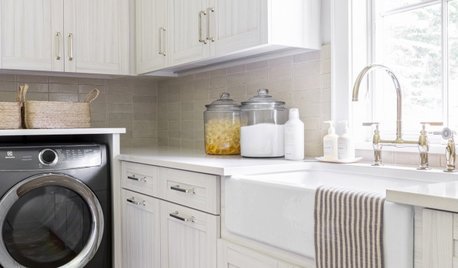

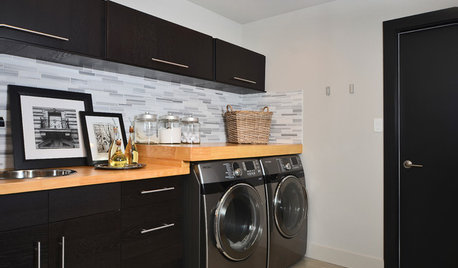
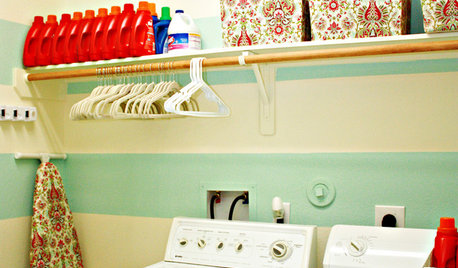

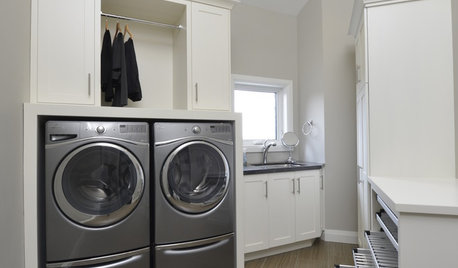

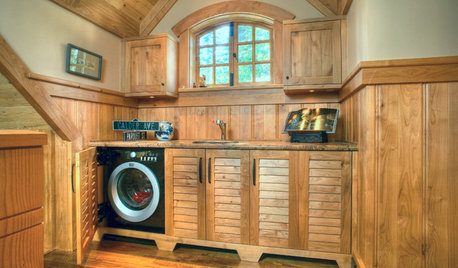




Related Discussions
Whirlpool Duet front-load washer WFW9150WW
Q
Need help with choosing a Front-Load Washer
Q
Samsung Launches Steam Front-Loading Washers and Dryers
Q
Frontloading Washer Question
Q